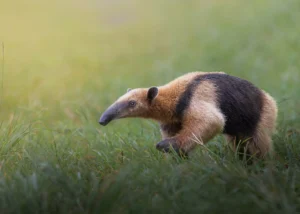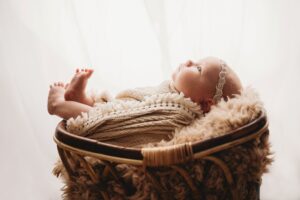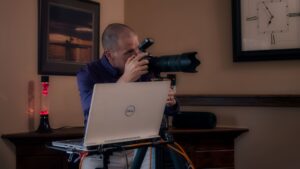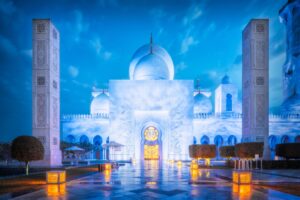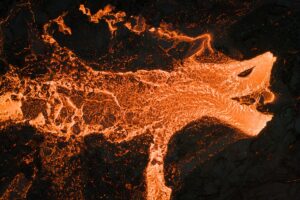
It’s more valuable to go deep into who you are as a person and be like, “Okay, what do I feel committed to and what am I willing to try?” Everything has already been done before, but you could offer a different perspective.
Daniela Rivera Antara
You can also listen to this episode on iTunes, Pocket Casts, Spotify, Castbox, and Google Podcasts.
Take your passion for photography to new heights – join our community today!

In this episode, I speak with photojournalist and storyteller Daniela Rivera Antara. Daniela’s work is driven by emotions and is inspired by Renaissance paintings. Her knowledge of classical paintings gives her the chance to take unique documentary photos of the world around her.
We talk about:
- Daniela’s meaningful approach to photojournalism
- What photographers can learn from classical paintings
- How to tell a story about other people without being intrusive
& much more!
This is a very informative episode that focuses on the art and meaning of photojournalism. If you’re interested in connecting more deeply with your subjects and getting a better sense of who you are as a photographer, this episode is for you!
Here is a preview of our conversation with Daniela Rivera Antara.

Q: How do you photograph people in difficult situations?
Daniela Rivera Antara: There’s a lot of talk about how to photograph the subject or make them look a specific way.
A lot of consideration needs to go into that because it could be someone in a really, really terrible situation. If you put yourself in their position, maybe you wouldn’t want to be photographed crossing a border without shoes, or freezing, or crying. Maybe you would want to be portrayed in a more humane way.
That is something that’s very important, at least for me, when it comes to difficult situations. I don’t think it’s hard to take an image that elicits an emotion in someone else. It is difficult to portray an image that that brings you in, and I think that’s more important.

Q: What can photographers learn from Renaissance painters?
Daniela Rivera Antara: Masters of painting are the biggest teachers in how to look and how to observe. If you train yourself to connect to what the chiaroscuro creates in you, it’s very powerful. It traps me into really intense emotions and there’s a lot of drama. For me, that is part of what storytelling is.
It can be as simple as standing next to a window, turning off all the lights in the room, and just looking at what the harsh light does. Every time I look at classical Renaissance paintings, this creative thing inside of me gets lit up. All of these emotions come up. It’s purely out of the use of aesthetics and framing.
That is what we do as photographers. We’re constantly looking and we’re constantly making decisions of how we want something to feel. At least, that’s what I do.

Q: What tips do you have for photographers who primarily use natural light in their work?
Daniela Rivera Antara: The brightest point in your image will be where the eye jumps to. You can use that basic human instinct to drive your photo. That can be a really powerful non-physical tool to have.
If you’re pointing out a highlight, you’ll know that the person who’s viewing the photo will instantly jump there first. From that point of light, the gaze will continue around the image. For me, that is what can drive emotion.
Links
National Geographic Feature
The Guardian Feature
Website
Join Our Photography Community!




